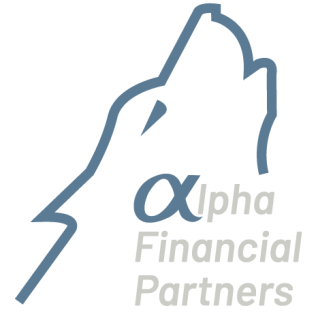
A Balancing Act - Saving for Retirement and an Education
To successfully save for retirement, it is critical to start early and keep saving. But how can you stay on track for retirement while balancing other financial priorities, such as saving for your children's education?
Fortunately, there are tax-effective ways to save for retirement and higher education that can help accomplish these goals. 401(k) plans and IRAs allow for tax-deductible retirement contributions and tax deferral on investment gains while 529 savings plans defer taxes on investment earnings and offer withdrawals free from federal taxes if used for qualified education expenses.
This Might Sound Familiar
Erin started a new job right out of college and increased her retirement plan savings over the years. Now age 35, she saves 10% of her pay, which includes maximizing her employer's matching contributions (4.5%). She's made a great start building toward a comfortable retirement portfolio with over $100,000 currently in her retirement account. However, life sometimes gets in the way of savings goals; Erin and her spouse just welcomed a new baby – Luis - into the family. Erin knows funding an education is expensive today and is likely to be even more so in the future. So she has a dilemma – should she continue to save towards her retirement plan, or start setting aside money for Luis' education? Let's look at how Erin's retirement account might be impacted if instead of directing 10% of her pay to her retirement plan, she directs 6% to retirement (continuing to maximize her employer's match) and 4% to 529 plan. If she continues to save 10% of her pay annually to her retirement plan, she will have $1,342,000 in her retirement account at age 65. If she contributes 6% to her retirement plan and 4% to the 529 savings plan, she will have $1,183,000 in her retirement account at age 65 and $76,000 in Luis' 529 account at age 18. It's a balancing act – now Erin has a smaller retirement savings account balance, but she also has some savings in Luis' 529 account.
What is an employer matching contribution?
Your employer puts in money to "match" the money that you put into your retirement account. For example, for every $1.00 you save, your employer may contribute $0.50 up to a certain percentage of your salary. There are different kinds of match structures, so look at what your employer offers and consider contributing enough to your retirement account to maximize your employer's match.
The good news is that Luis' hypothetical 529 account is assumed to grow to $76,000, which would certainly help with future education expenses. However, this comes at a cost to Erin's retirement account; she is projected to have $159,000 less than she thought she would.
Adding in Active Management
How might the results look if Erin, by investing in actively managed funds, were able to earn just a half-percent more a year on her investments from age 35 on? Half a percentage point in additional returns could potentially put Erin back on track with her retirement account while also potentially adding to Luis' 529 account. She would have $1,322,000 in her retirement account at age 65 and $80,000 in Luis' 529 account at age 18.
Here we see that the additional return of 0.5% per year, 6.5% altogether, could result in a retirement account balance of over $1.3 million, more than her original retirement projection, and a projected 529 account balance of $80,000, further helping defray future education expenses. When considering active and passive funds (i.e., index investing and ETF's) there are some differences between the two investing styles. Investors may want to consider aligning with their goals and what is important to them. Index funds and ETF's generally track the indices or exchanges on which they are modeled. Active managers seek to outperform market indices and can make strategic decisions as well as attempt to manage risks in market fluctuations that are unavailable to index/ETF managers because of specific guidelines. Looking at long-term performance might provide greater insight to how a fund performs in up and down markets than short-term returns.
Key Takeaways
- Early saving can form a foundation to help cushion unexpected changes in your retirement journey.
- Although active management can lose money, the possibility of added returns above an index from active management, often referred to as excess returns, can potentially help balance retirement and educational savings goals.

